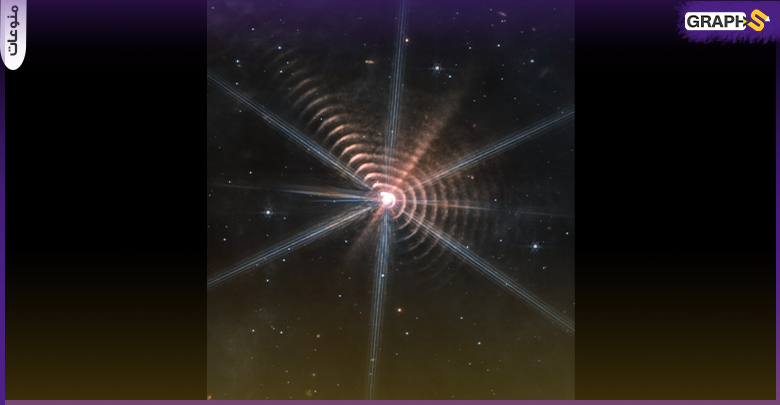Astronomers are afraid of strange rectangular rings in space
Astronomers are afraid of strange rectangular rings in space
In the eight months since the James Webb Space Telescope launched on its mission to explore the early formations of our universe, it has sent mind-blowing images of mysterious structures , ancient galaxies and dying stars. The James Webb Telescope has an observational power 100 times that of the Hubble telescope , and sometimes the images it captures surpass our understanding of space.
Astronomers are afraid of strange rectangular rings in space
In an image of the star WR140, as noted by astronomer Judy Schmidt who retweeted the image, a vortex of rings and rays emerged from the center of the bright white star. The rings aren't exactly circular, they look more like rounded squares, and astronomers don't seem to know why the rings look like that.
"No, I don't know what this is," she said. A type of spiral nebula around the star WR140. I'm sure we'll find out more later.
The feature is "madness," according to Mark McGreen, a multidisciplinary scientist on the James Webb Space Telescope Science Working Group.
"The blue hexagonal structure is an artifact due to optical diffraction from bright star WR140 in this JWST MIRI image," McCogren wrote on Twitter. “But the squishy, boxy red stuff is real, a streak of shells around the WR140. Actually in space. About a star.
Ryan Lau, an associate astronomer at the National Science Foundation's NOIRLab who led the program that collected the raw data on this and other JWST images, replied that "those overlapping 'ring' rings are real," adding that he and his colleagues have a research paper coming to the topic that might throw More light on the strange shape of the rings.
Regardless of the baffling shape of the rings, their existence isn't much of a mystery. WR140 is actually a pair of stars : the Wolf-Rayet star, an ancient rapidly depleting star, and an O-type star, which is a massive but short-lived star. As the pair orbit, they produce cosmic dust as they get close to each other every 7.94 years, which is thrown into space as the rings visible in this image with JWST's infrared capabilities.
This is just the latest in the many discoveries that JWST has in store for us; While this probably isn't extraterrestrials, it might be the next person.
https://www.stepvideograph.net/2022/09/03/%d8%b9%d9%84%d9%85%d8%a7%d8%a1-%d8%a7%d9%84%d9%81%d9%84%d9%83-%d9%8a%d8%ae%d8%a7%d9%81%d9%88%d9%86/?fbclid=IwAR3EUDfTMYH-b5QzU5-2euew_DUfZ-xKrSxkAAWdZBrq0g2tafmS_UHg_Bk



